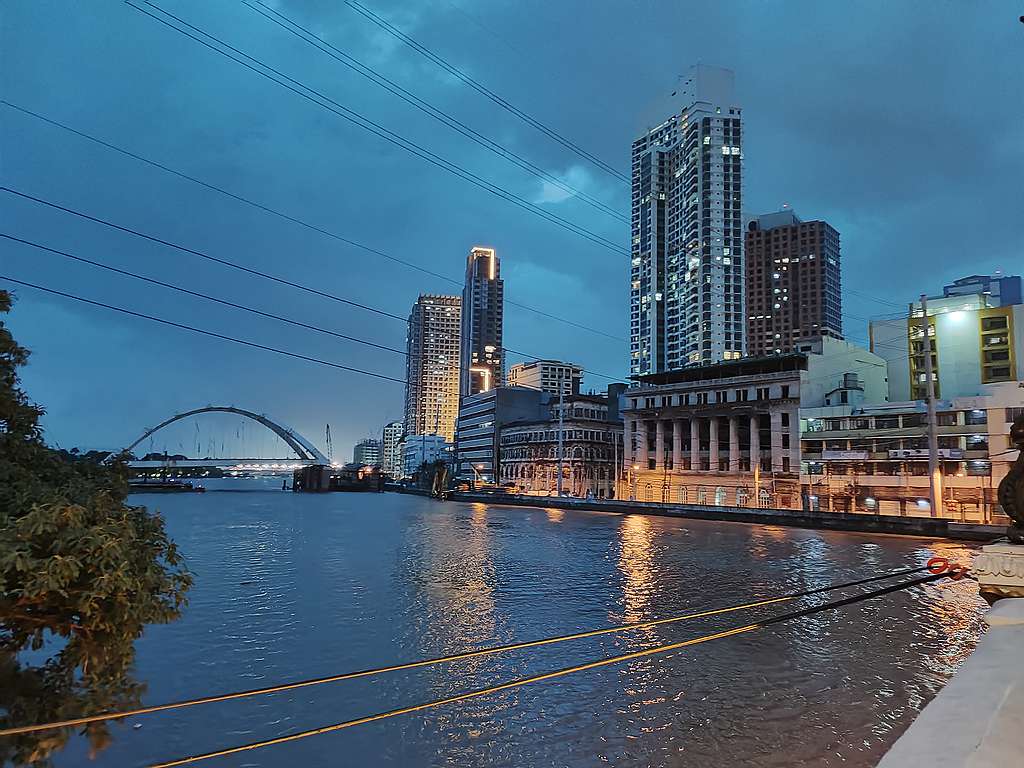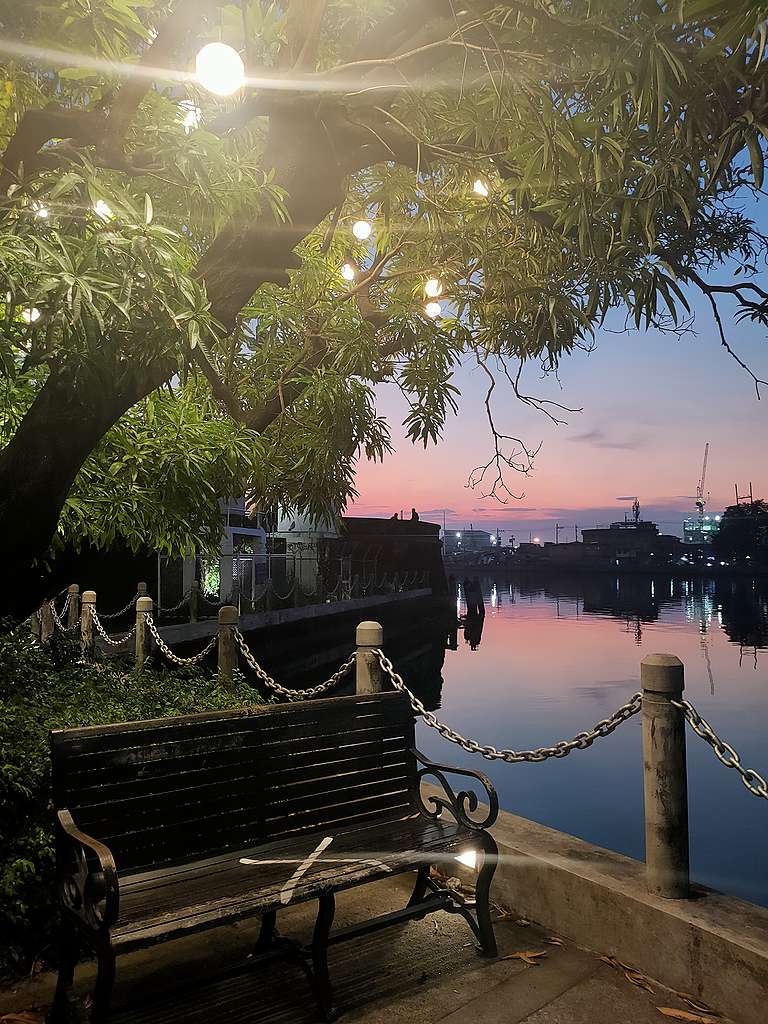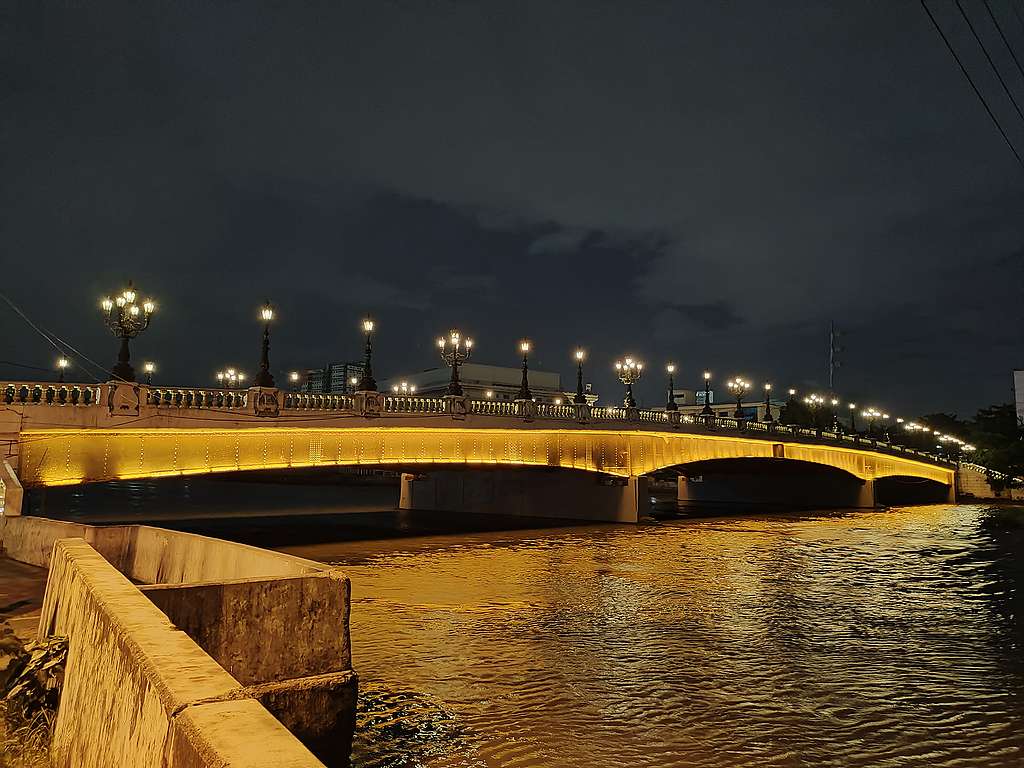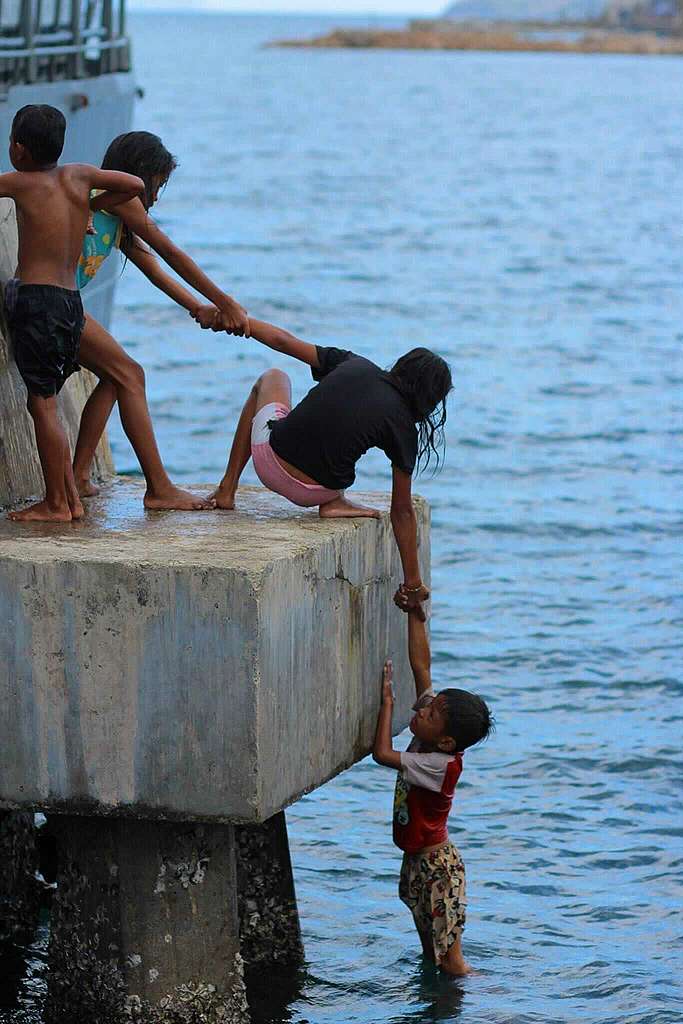
My father would caution me against opening the windows of the car as we passed along the Nagtahan bridge. Being eight years old then did not preclude me from the harsh realities of life in Metro Manila, and none defined the grimy and visceral nature of growing up in the Capital than the famously dirty Pasig River. Garbage islands that smell of rotten meat and wet cardboard permeated the air along its banks, set against the backdrop of a low-hanging smog from the smoke-belching factories that populated its estuaries.
Pasig River is much cleaner on the exterior now. Sometimes, on a clean Sunday morning, after the night’s showers have washed away the latent smog of yesterday’s daily grind, dragon boat teams and kayakers ply their trade along the river’s waters, and in their wake, gently undulating hyacinths that reverberate with each passing wave. More than two decades have passed, along with a concerted multisectoral effort to rehabilitate the river, and it seems to have shed off its dark history—something that gives hope in a world that is most likely heading towards the gallows.
However, with the planned construction of a P95-billion Pasig River Expressway (PAREX), Pasig River is once again under threat—and so is the cultural, environmental, and social significance of the once called “river of our dreams.”
Much has been said about the detrimental effects of PAREX on the environment, but beyond these, PAREX will also result in long-term impacts on young generations’ perception of ecology.
Environmental Generational Amnesia or eco-amnesia describes this phenomenon. First coined by developmental psychologist Peter H. Kahn, eco-amnesia tells us that what counts as nature will always be relative to and dependent on one’s immediate surroundings and its concurrent state. What is considered “nature” is relative to our perception of its current state, especially during our formative years.

Eco-amnesia suggests that children “construct rich and varied conceptions of values of the natural world, and they do so even in economically harsh urban settings.” It is not a question of nature or nurture; rather, it is that development emerges through the active mental constructions that children perform in which they organize and act on their knowledge and perceived values. In other words, children are far more capable of understanding the world than we often think.
This is more relevant today because as the environment degrades, so does the young generation’s perception of normal.
What sort of normal will the younger generation perceive if all they see is San Miguel Corporation’s looming bridge snaking through the river bank? The image is as lifeless as the river in Nihonbashi, or Cheonggyecheon prior to the latter’s restoration? Will they look at the waterway now as a source of life, our cradle of civilization, or will they see it as a mere ornament in a bustling city? How will they reconcile the idea with urbanization’s inevitability? Or unsustainable projects that are detrimental to the environment?

The groundbreaking of the PAREX project happened even as young individuals from various countries expressed their fears and uncertainties about the climate crisis and government inaction. A recent global poll among GenZs pre-published in the Lancet Planetary Health identified eco-anxiety as one of the reasons why they feel hopeless, with 84% of the youth polled in the Philippines identifying themselves as “extremely” and “very worried.”
The good news is that the youth have become more than just anxious witnesses and passive observers. Activist youth groups are getting involved and taking control of their future. For example, Linghod, a Negros-based organization focused on science-based community solutions, has launched a program named #NegroSiyensya. The initiative aims to make science more accessible and relevant especially to underrepresented youth.. Selected youth groups get to visit Danjugan Island to conduct citizen science research.

This is what our youth and our communities need—collaborative projects and systemic actions that will nurture young people’s relationship with nature. The answer is not infrastructure that will harm this relation in more ways than one. The youth understand that the norm is something that is bleak and devoid of hope. But, they are also the most motivated to overcome this crisis of eco-amnesia and climate anxiety. It is only right that we join them in this fight, too.
About the Author
Jefferson Chua ([email protected]) is a campaigner at Greenpeace Southeast Asia – Philippines. He has a degree in philosophy and is also involved in cultural and natural heritage protection. He misses the mountains a lot.
